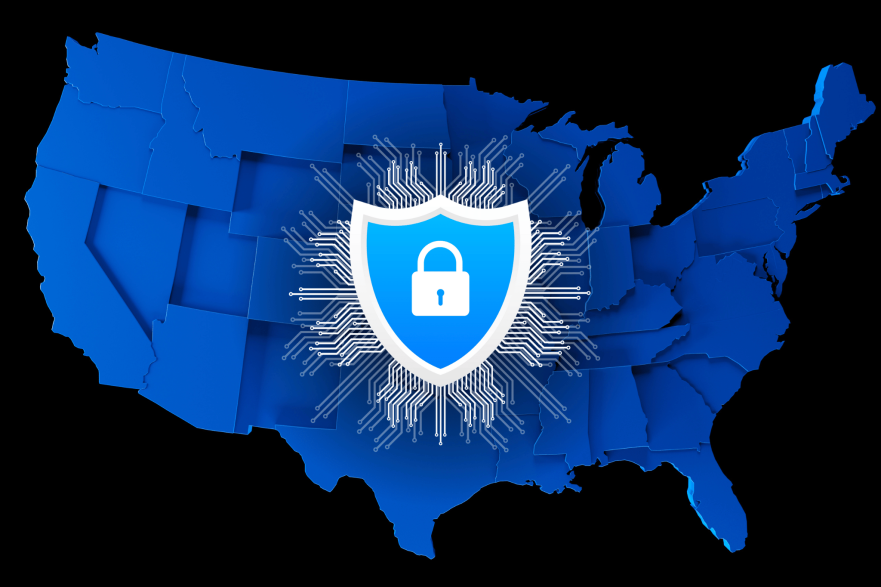Sapphire works with clients all over the country to ensure that their security standards apply best practices and meet compliance requirements. However, several business owners in the cannabis industry alert us to burdensome requirements from regulators. This grievance is not merely an irritation; rather, it has real effects on security budgeting and which security solutions can be implemented. Certainly, one can empathize with the regulators’ interest in keeping businesses from doing too little; however, overemphasized appropriation of funds towards one area will certainly detract from where either a. regulations do not require something, or b. regulations are less specific and, therefore, leave opportunities to cut costs.
In this article, we examine common security regulations which may be construed as “burdensome”. Then we explain the ramifications of each. Finally, we offer solutions which may be aligned with best practices as well as with regulators’ interests.
Excessive Video Retention
Cameras are taking over the world – ask any integrator how business is. The ability to see everywhere at once from your fingertips remotely has never been easier. That said, this technology is not cheap at the commercial level. The more cameras one buys, the more storage one will require; thus, in the camera-heavy cannabis industry, we see hundreds of terabytes of storage required to meet regulations.
Most retail and warehouse businesses store video for between 7-30 days. 90 days is common for cannabis businesses (California, Massachusetts, Maryland). Canada still requires one year of retention, while West Virginia and Pennsylvania previously did (now both at 180 days). More retention can double the materials costs for video systems, to say nothing of increased maintenance costs (heat dissipation, maxing out systems, and other technical issues). States like Illinois or Mississippi require off-site cloud storage. Yes, this feature removes reliance on an on-site NVR and makes remote access easier; however, again the price tag jumps dramatically, and onsite bandwidth requirements become a non-negligible calculation.
Our suggestion is to cap video retention at 45 days, which is sufficient for most investigations. As cloud storage technology develops, it may become more affordable, but for now, it annihilates security budgets for several years forward without clear ROI. Perhaps an emphasis on motion-activated recording instead of continuous recording would increase ROI for cloud storage.
Secondary Alarm Systems
Sapphire follows not just the cannabis industry, but also other high-risk industries like pawn, jewelry, etc. Sophisticated criminals know how to beat basic alarm systems nowadays. But can they beat two basic alarm systems?
Probably, but let’s say they cannot. Requiring two alarm systems with two separate monitoring companies creates an installation expense AND a recurring (monthly) expense. This expenditure for a second alarm system could be reallocated towards other avenues – video analytics which mimic the alarm system; PTZ cameras which identify intruders before an alarm system normally would; better door hardware or access control, which can also send alerts to key personnel about possible intrusions. States like Maryland and Massachusetts have this requirement, and although workarounds may be approved, we still believe these regulations institute redundancy without adding enough ROI. Plus your chance of incurring false alarms increases, which leads to either tickets or delayed emergency response.
Redundancy can be achieved within one alarm system, or better yet, one can spend that money on proactive video monitoring or better door hardware. UL 681-standard alarm systems are much tougher to beat than those with minimum capabilities. Generators and battery backups can solve the power-outage problem. Overnight private security patrol/response teams are ideal too, when available.
Fencing Materials
Fences are common at cultivation sites and provide a great perimeter barrier to separate the business from its neighbors. Outdoor grows especially need a perimeter barrier with monitoring to protect their plants. So while a buffed-up fence would seem like a good idea, the drawbacks are worth consideration.
Six-foot high fencing is common for businesses. However, Washington and Nevada mandate eight feet or taller fencing. Yes, barrier security is enhanced, but this unique feature of cultivators can attract attention and identify targets for criminals. Because then, the only places with 8-foot-high screened fences are likely cannabis growers. Deterrence should always be the primary goal of a security plan.
A solution of 6-foot fencing with screening and possibly barbed/razor wire will enhance barrier security. Emphasis on CPTED generally produces strong ROI. Either of these will hopefully assuage those who want above-standard fencing.
Conclusion
This article may become outdated, and may not include all states with relevant regulations. We welcome feedback and updates to keep this article current. Regulators do have a formidable challenge to issue effective security demands and prevent diversion or theft. We hope this article gives some insight from the perspective of a third-party security consultant.
How Can Sapphire Risk Help?
Tony Gallo and the team of experts and consultants at Sapphire Risk Advisory Group have worked to secure medical marijuana and recreational cannabis businesses in 37 states. Follow us on social media to stay up to date with more security best practices and cannabis industry updates!
- 3D Dispensary Security Tour
- Natural Medicine Security Plan for Colorado Psilocybin Application

- New Jersey: Cannabis Consumption Area Application

- Cannabis in the US Virgin Islands

- Case Study: New Jersey Cannabis Retailer

- Delivery Vehicle Security

- Crime Prevention Through Environmental Design (CPTED)

- Schedule III: Cannabis Regulatory Disruptions Ahead

- Perfect Your Delaware Cannabis Business License Application With a Security Consultant

- Our Story: Sapphire Risk Advisory Group

